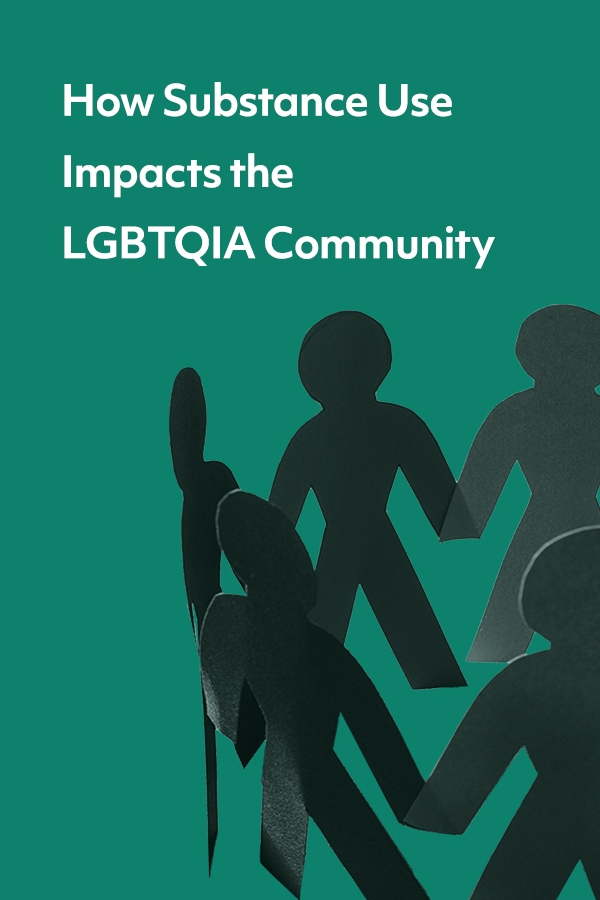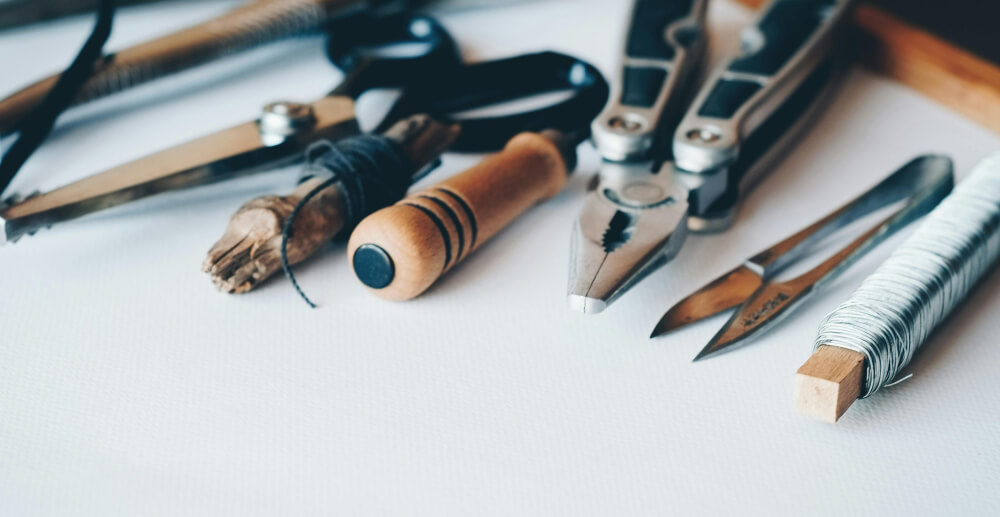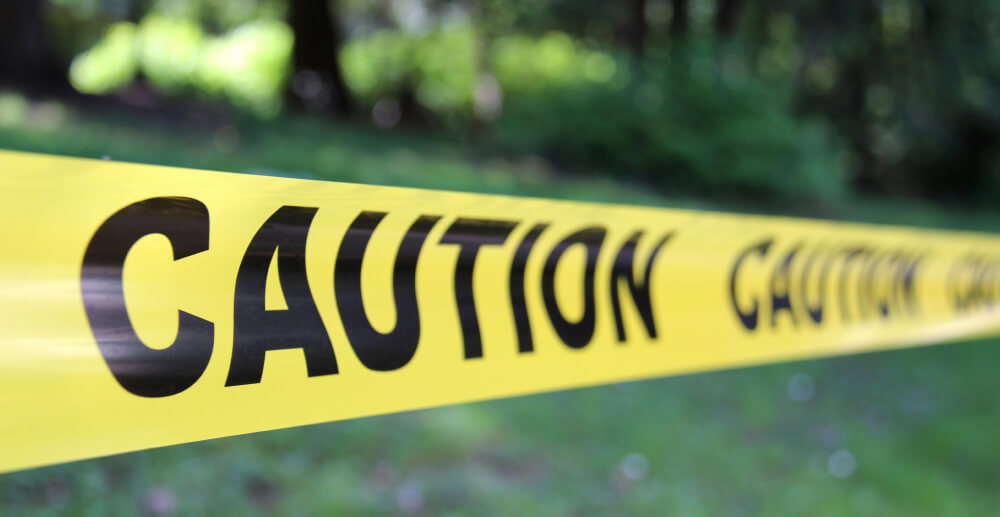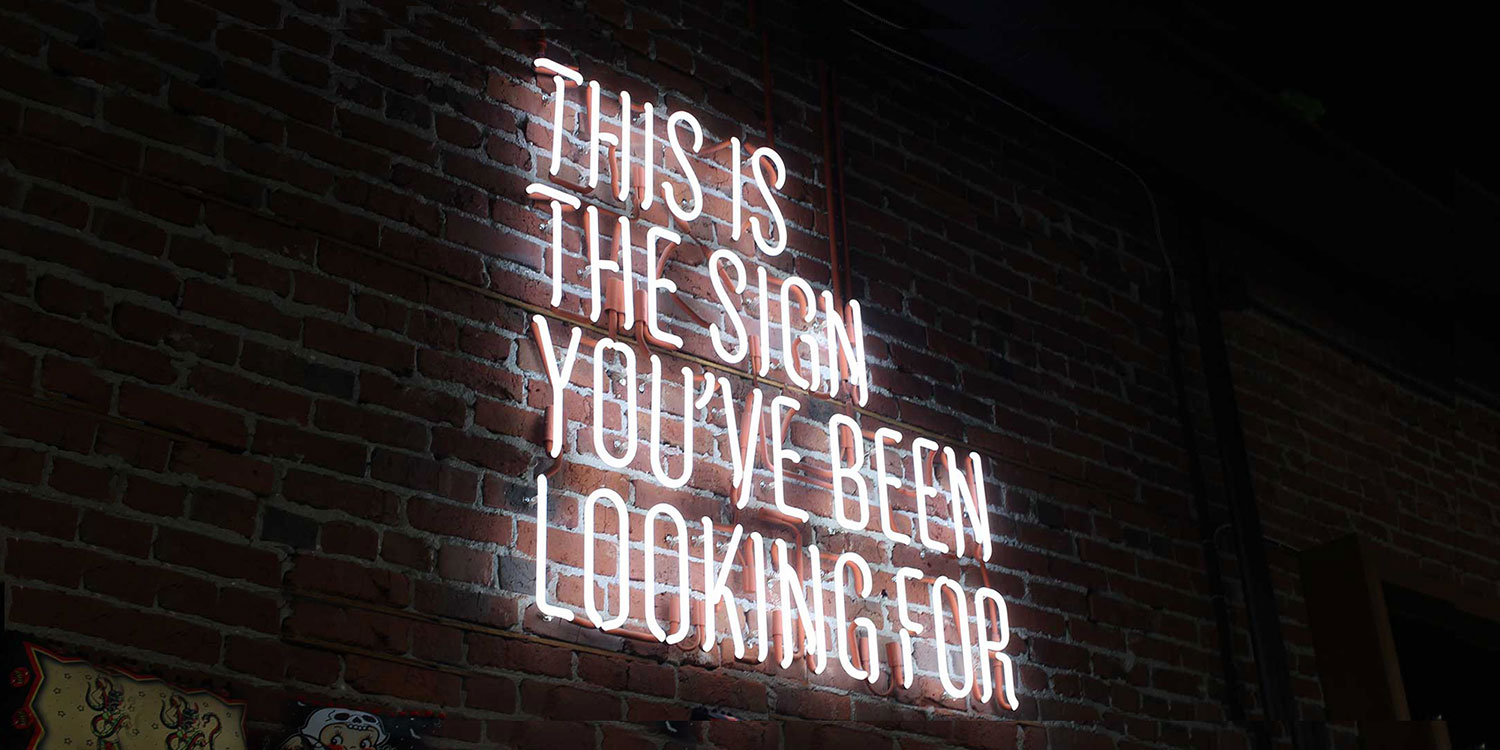As a gay woman in recovery, I hope my experiences can help others find their way.
The sober and sober-curious lifestyle is trending. So much so that some speak lightly of all that’s involved in living a sober life. But the picture being painted is often far from accurate. For many, getting sober is just not as easy as some believe (or pretend to believe). There are contributing factors that make it challenging. I mean, if it was easy, everyone would do it! As someone who identifies as gay, I know all too well how substance abuse impacts the queer community. The pathway to recovery is often a torturous one.
Even with acceptance at home, being a gay teen was hard for me
I was 14 when my mom helped me see that I was different from my friends and classmates, and that it was okay. I remember feeling so confused up to that point. I had no interest in boys, like my other friends did, and was more attracted to girls. With my mom’s reassurance, I was instantly relieved. How did she even know, I wondered! (Of course she knew, because she is my momma. But back then I was amazed.) What I’m saying is that my mom basically outed me to myself! I’m grateful for it. Despite everything else that went into being a gay adolescent, one thing I didn’t have to worry about was coming out to my parent.
Despite my mom’s acceptance, I clearly remember the hurt, worry and fear I felt. I believed I was the only person in the world who felt the way I did, and that I would never find anyone like me. I thought I wasn’t lovable, and that no one would love me because of the way I was.
Those feelings of fear and isolation took a toll. By the age of fourteen I was drinking. It took decades before I eventually found my way to sobriety.
The stress of being a gay adolescent (which often includes self-shaming and self-stigmatizing behaviors) causes many adolescences to turn to drinking, drugs, and other harmful behaviors. Connecting with peers is often difficult; even conversations with parents and family are strained. It can be a very lonely existence. In fact, a study looking at teen suicide rates between 2009 and 2017 found non-heterosexual young people were more than three times as likely to attempt suicide.
I was committed to finding the place I belonged
By the time I was 19, I drank occasionally. But more importantly, I was on a desperate search to find “my people.” Here’s a true fact: I grew up during a time when thumb rings and silver jewelry were seen as identifying markers for gay folks, so I adorned myself with both. I had one gay friend. And we were obsessed with finding our community. After researching the bar scene in LA one evening, we decided to find a gay bar. Determined, without fake IDs, we figured we would find a way to sneak in once we got there. Fortunately for us, a patron exiting the bar was willing to press their newly inked re-entry stamp onto our wrists. We entered the scene with wrist proof that said we belonged. Once we were in, it felt so good. It came with the bonus of drinking and no one ever noticed our deception!
This was my introduction to the bar scene and I loved it. The bar culture has long been a place where LGBTQIA people find community and safety. Bars have been a place of refuge for forever. And who goes to a bar and doesn’t drink? Some do, but they’re needles in a haystack. Drinking and the gay scene seemed seamlessly sewn together.
It’s difficult to choose between abstinence from drinking and a scene that offers comfort and acceptance. Gay bars are a safe space to interact, be seen and respected. They’re one of the few places where the queer community can fully be themselves. But it comes at a price. According to the Alcohol Rehab Guide, “25 percent of the general LGBTQ+ community has moderate alcohol dependency, compared to 5 to 10 percent of the general population.”
Despite everything, people in the community can and do get sober
When I think about how I’ve managed to build community, I remind myself that I’ve been working at this for a very long time. I’ve always been out, and so my experience might be different from those who have struggled to come out. And I get it. There is so much to face. There are feelings of shame for not being able to show up in the world authentically, which can be overwhelmingly stressful. There’s stigmatization and the trauma that is born out of discrimination. To interact as a queer person in social settings like church, school, work, family gatherings, and even hobbies can be like walking a tightrope. There’s a constant need to assess and reassess. It’s exhausting and it’s traumatic.
I’ve talked about growing up gay, the entangled relationship between bars and the LGBTQIA community, and the social interactions of living a gay life. All stressful and capable of leading a person to seek relief in the form of alcohol, drugs, or both.
And yet, queer folks are leading sober lives. And yet, more and more are attracted to the sober lifestyle and are choosing to ditch their substances. And yet, we are choosing to live authentically despite the challenges that society hurls our way. The LGBTQIA community is not only vibrant, it’s resilient.
If you’re queer and sober (or sober-curious), you’re probably traveling quite a journey. That’s not to say straight, cis folks don’t have journeys of their own. But there is an intersectionality between being queer and sober that cannot be denied.
Coping suggestions:
As a gay person in recovery I find that staying sober isn’t straightforward. The more strategies I use to cope with stress, and nurture myself the easier it is to find success. Consider these tips:
- Surround yourself with likeminded people.
- Seek out social meetups that are queer or queer-friendly.
- Don’t wait too late to come out to family and friends. Those who are in your corner will support you.
- Be prepared for those who won’t accept your sexuality. Remember that their lack of acceptance says more about them than about you.
- Don’t be afraid to set boundaries.
- Read self-affirming literature from queer authors.
- Write a list of positive affirmations, and remind yourself often of your worthiness.
- Find a good therapist.
- Practice self care.
- Remember you are the most important person in your life!









